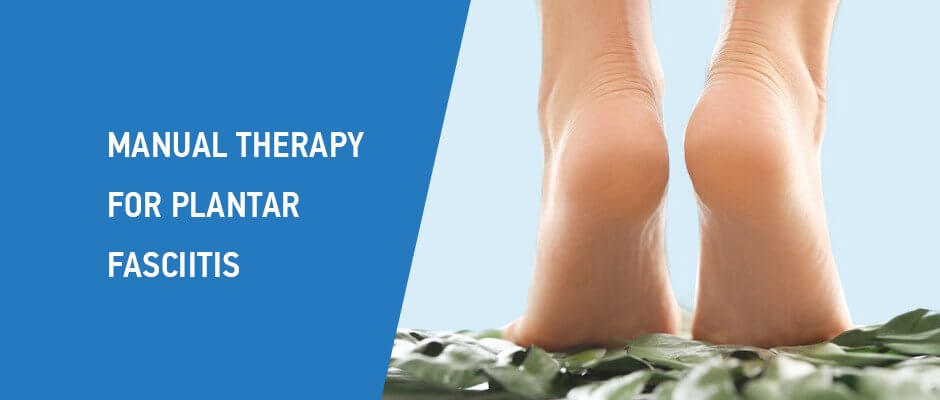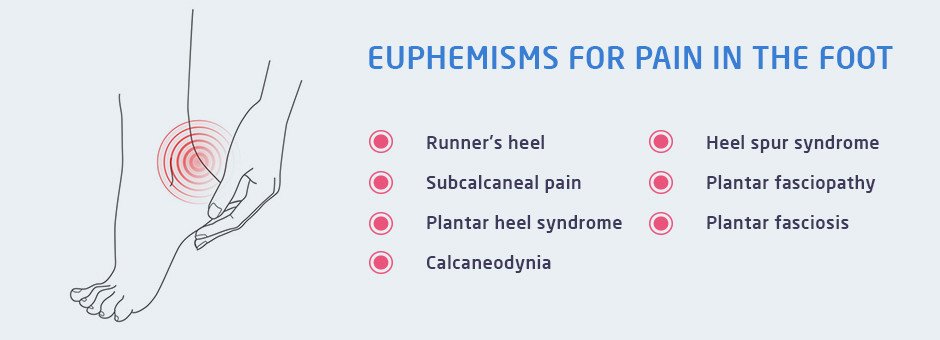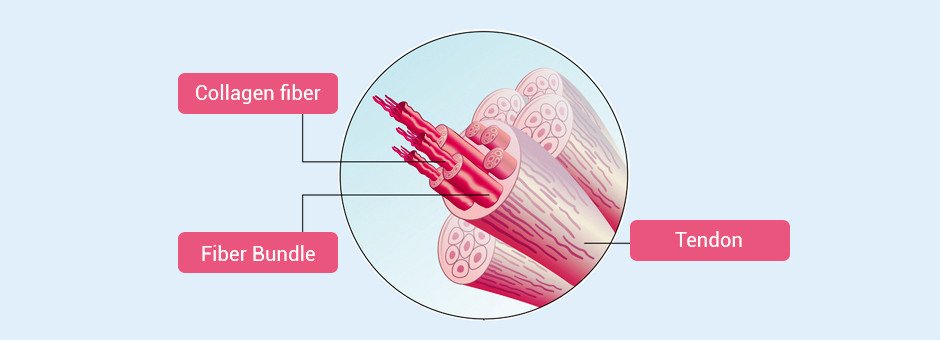Alternative terminology is used to highlight specific characteristics of heel pain that can assist in the treatment plan. These terms can also be helpful for other medical professionals who may be involved in the process. Understanding the specific aspects of the condition can help physical therapists and others to address the most pressing symptoms. For example, collagen tissue in the area may be visibly degenerating, and there may be signs of increased vascular tissues around the medial portion of the calcaneus, near the tubercle.
Tendinosis provides a close parallel, which can be helpful for explaining the causes and symptoms to the patient. For example, fibroblasts can be viewed under a microscope, communicating something entirely different to the clinician from the presence of inflammatory cells. This distinction, although important for accurate diagnosis, does not lead to a clear treatment plan by itself.
Professionals often take an approach to treating plantar fasciitis based on the particular strengths of their respective disciplines. Our clinic gives patients access to a variety of treatment options that have successfully reduced pain and improved range of motion in the foot for people with similar symptoms.
Plantar fasciitis affects up to 2 million people every year, and can be an incredibly dangerous condition for elderly patients with cognitive problems in addition to heel pain. Any effective treatment plan will reduce pain and discomfort if it addresses the root cause of the problem. Contributing factors must also be taken into consideration. They may include the patient’s body mass index, or BMI, and excessive pronation of the foot. Our clinic uses the most advanced methods available to treat the actual root of plantar fasciitis pain. We base our treatment protocol on evidence discovered during a thorough examination.
While there are many treatment options available, we have found that a combination of gait-specific physical therapy and extracorporeal shockwave therapy (ESWT) is highly effective, and these treatment approaches have been backed up by numerous good quality research publications. Plantar fasciitis massage techniques are also helpful for relieving pain and discomfort.
The clinical director of NYDNRehab, Dr. Lev Kalika, is a renowned chiropractor with extensive experience treating an array of musculoskeletal pain conditions. Our clinic now offers TeleHealth online services, so you can get the same quality care and treatment from the privacy and convenience of your home, office or hotel room.



























































